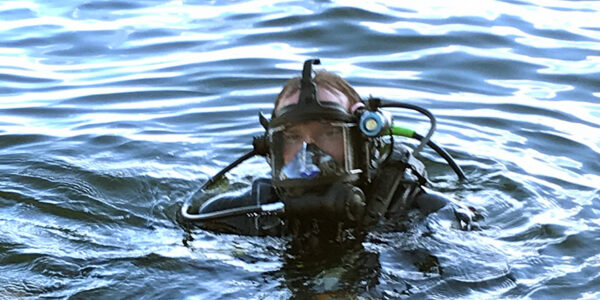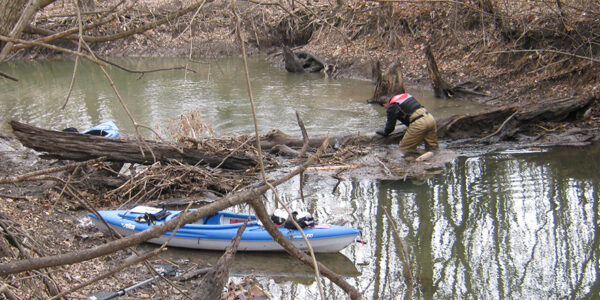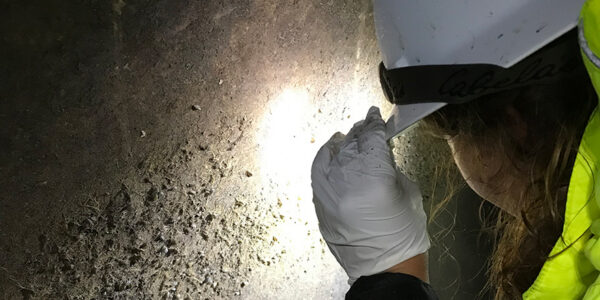In addition to artificial substrate deployment, ZMMP personnel conduct visual inspections along shorelines, river banks, bridges, buoys, and within naturally occurring substrate features. USGS personnel certified as SCUBA divers search for juvenile and adult dreissenid mussels during dives to determine their occurrence and relative densities on water intake structures, boat ramps, marina flotation and support devices, and other submerged structures. ZMMP personnel also coordinate with water authorities to visually inspect water-supply pipelines.

Annual dives are done to assess change in dreissenid mussel presence and density at multiple sites at most monitored reservoirs. Submerged surfaces are analyzed using visual and tactile inspections.
SCUBA Inspection Sites

ZMMP personnel monitor several river and creek reaches that are near established zebra mussel populations or infrastructures of interest. Similar data is collected but methods on the river and creek stretches vary from reservoir surveys. ZMMP personnel examine river banks, weirs, and natural submerged vegetation for signs of adult zebra mussels.
Stream Inspection Sites

ZMMP personnel inspect water pipelines for zebra mussel settlement for local water authorities. In coordination with these local water authorities, pipelines are shut down and drained to allow the ZMMP crew to enter and inspect the pipeline. Mussel identifications are verified and adult zebra mussel densities are determined by the field crew and reported back to the local water authority.